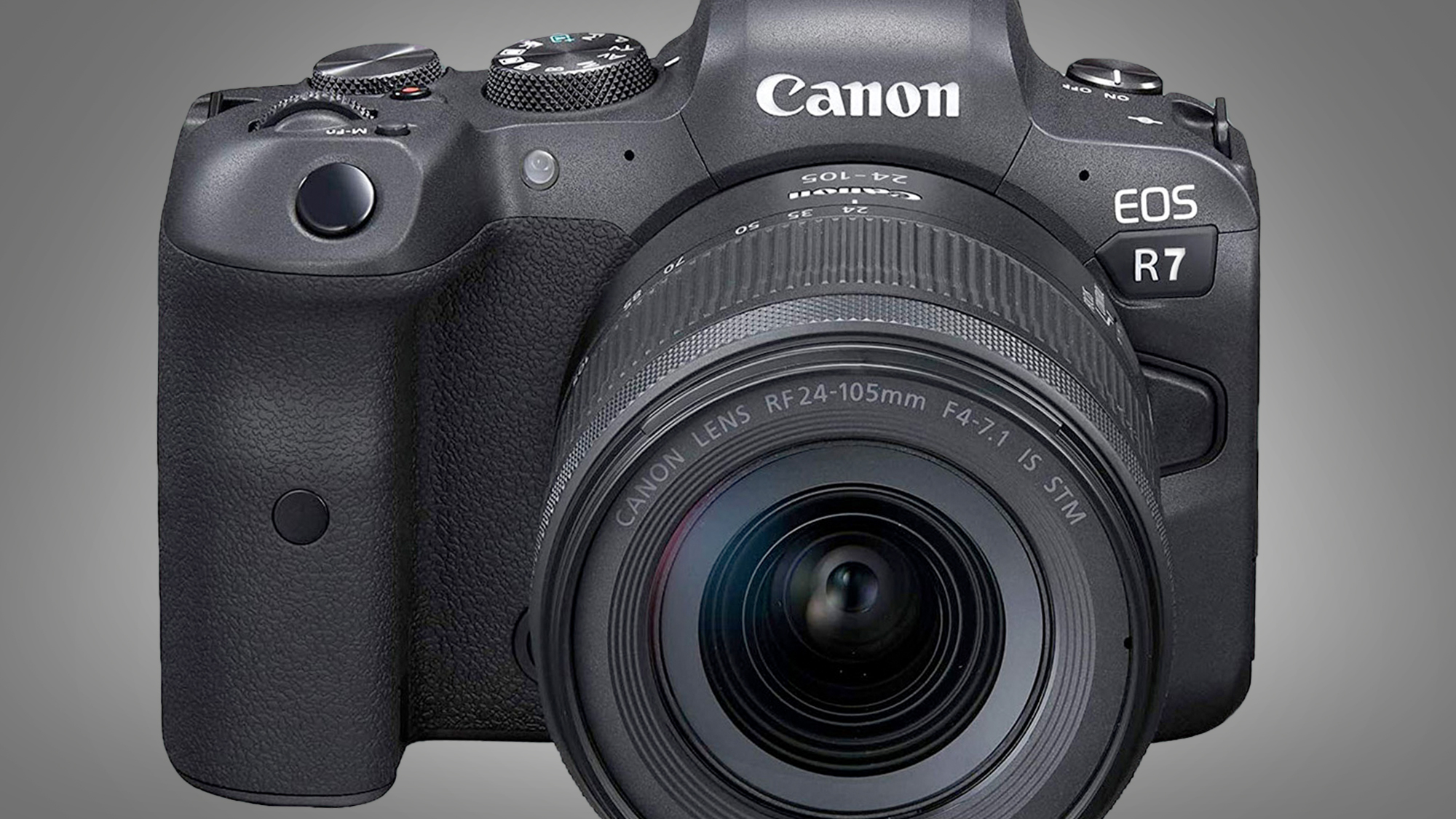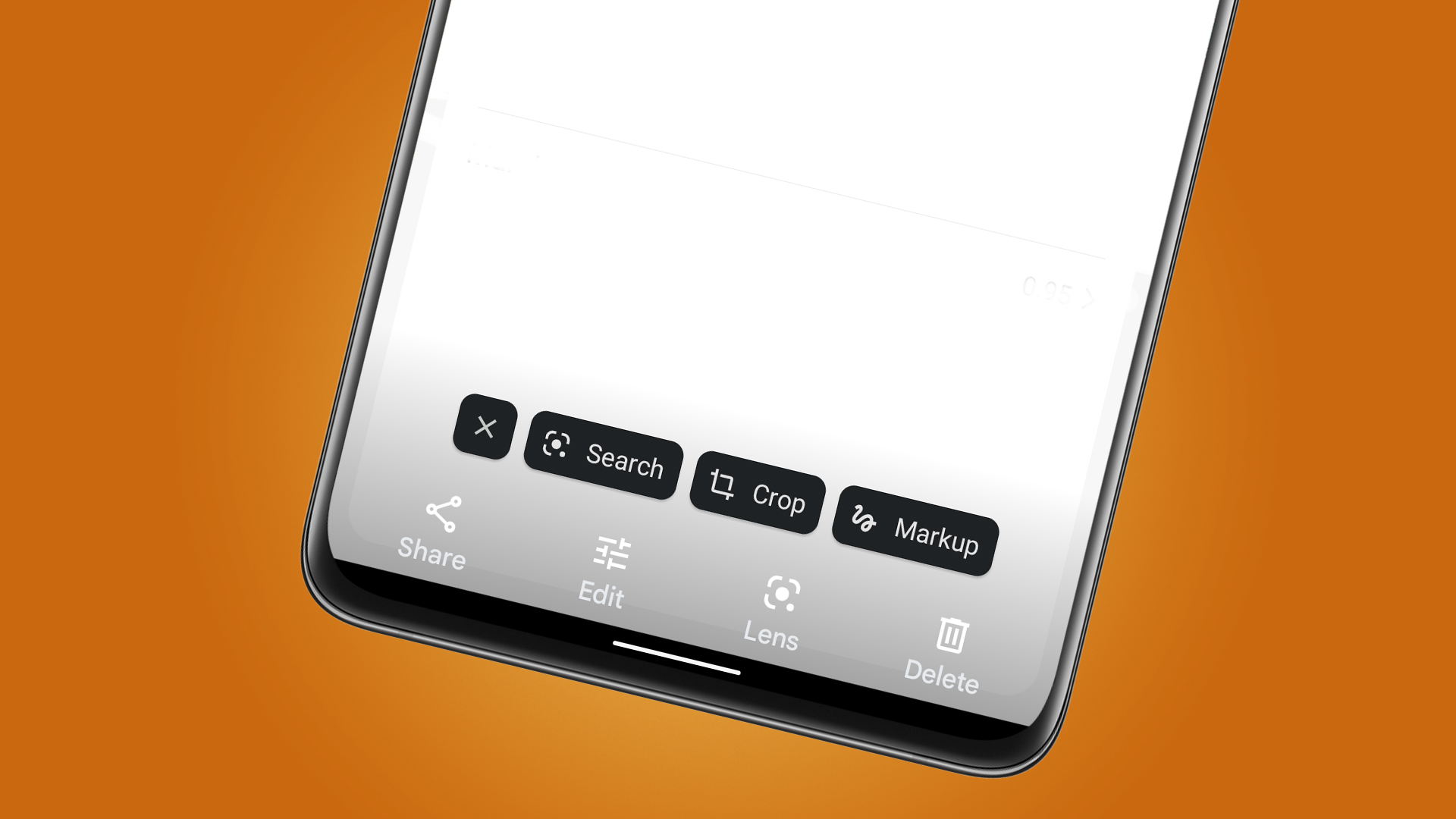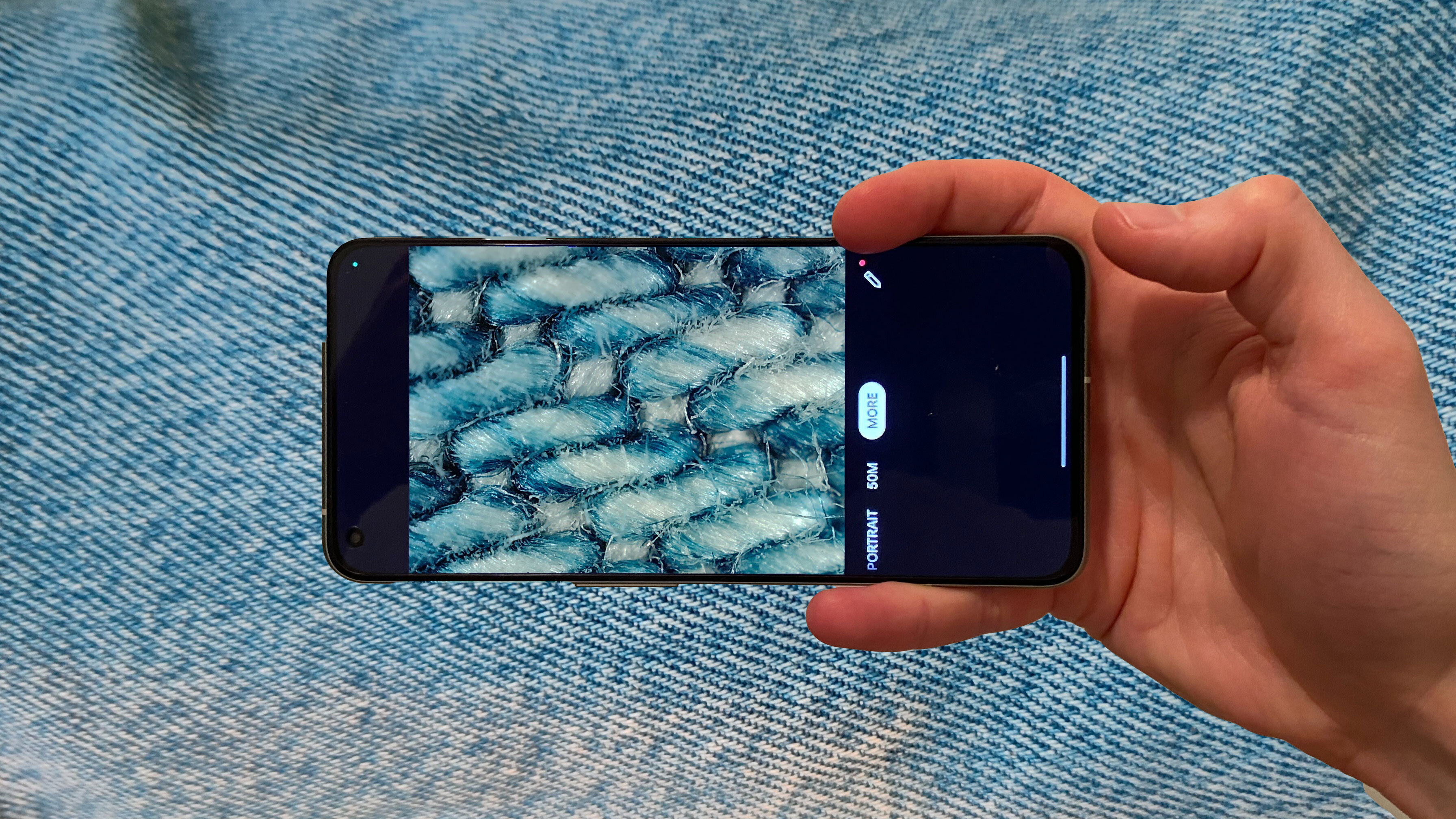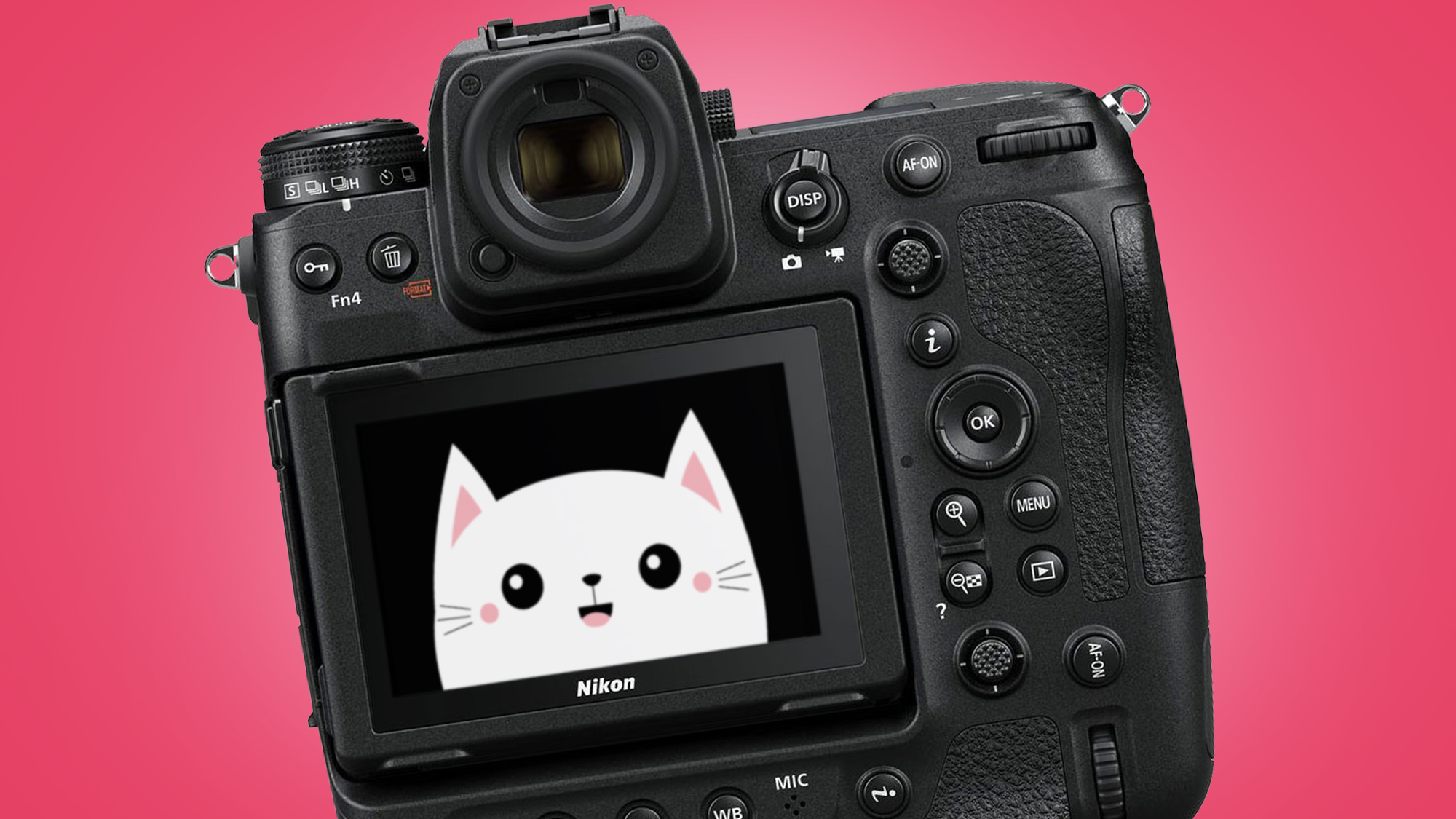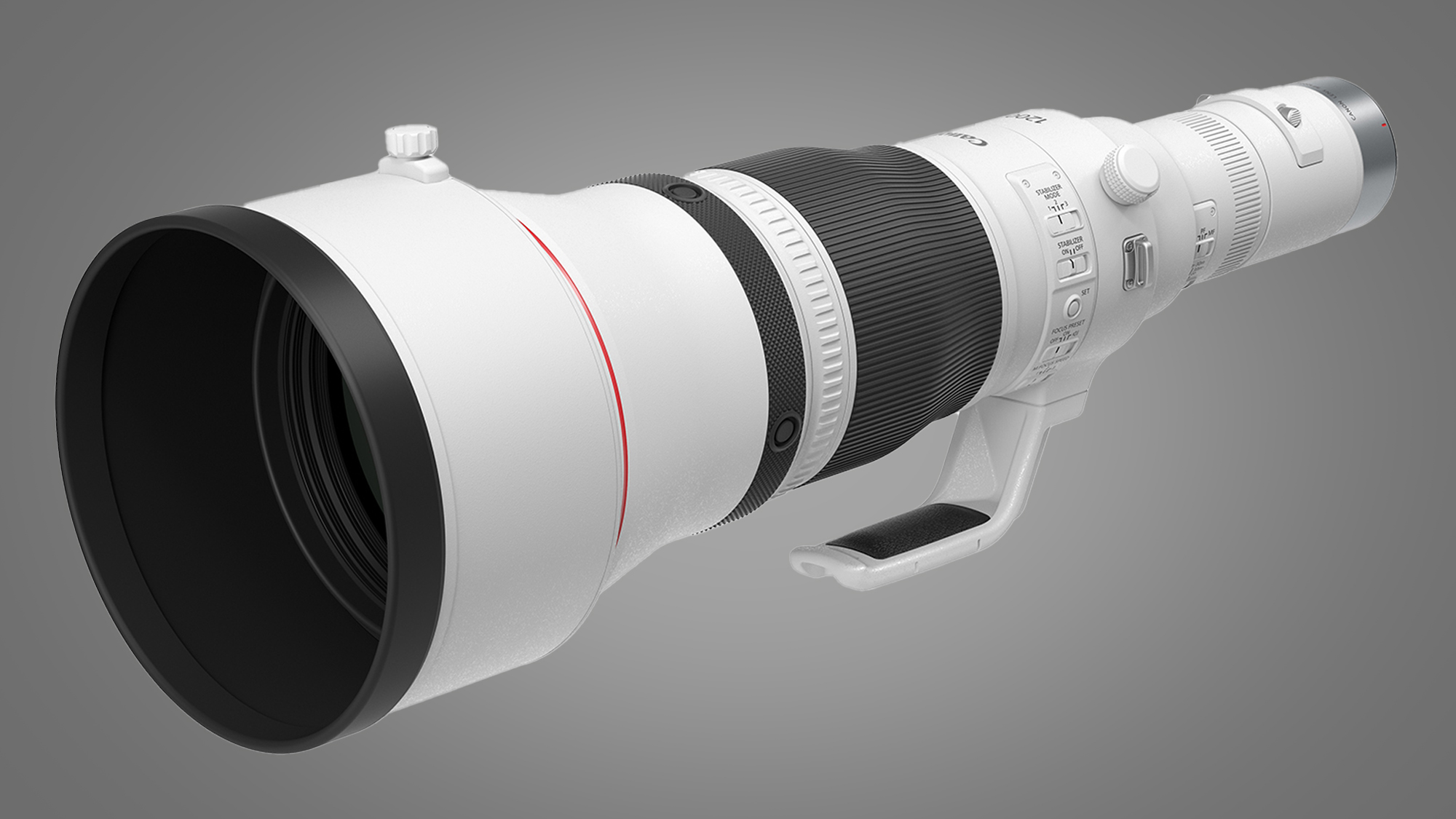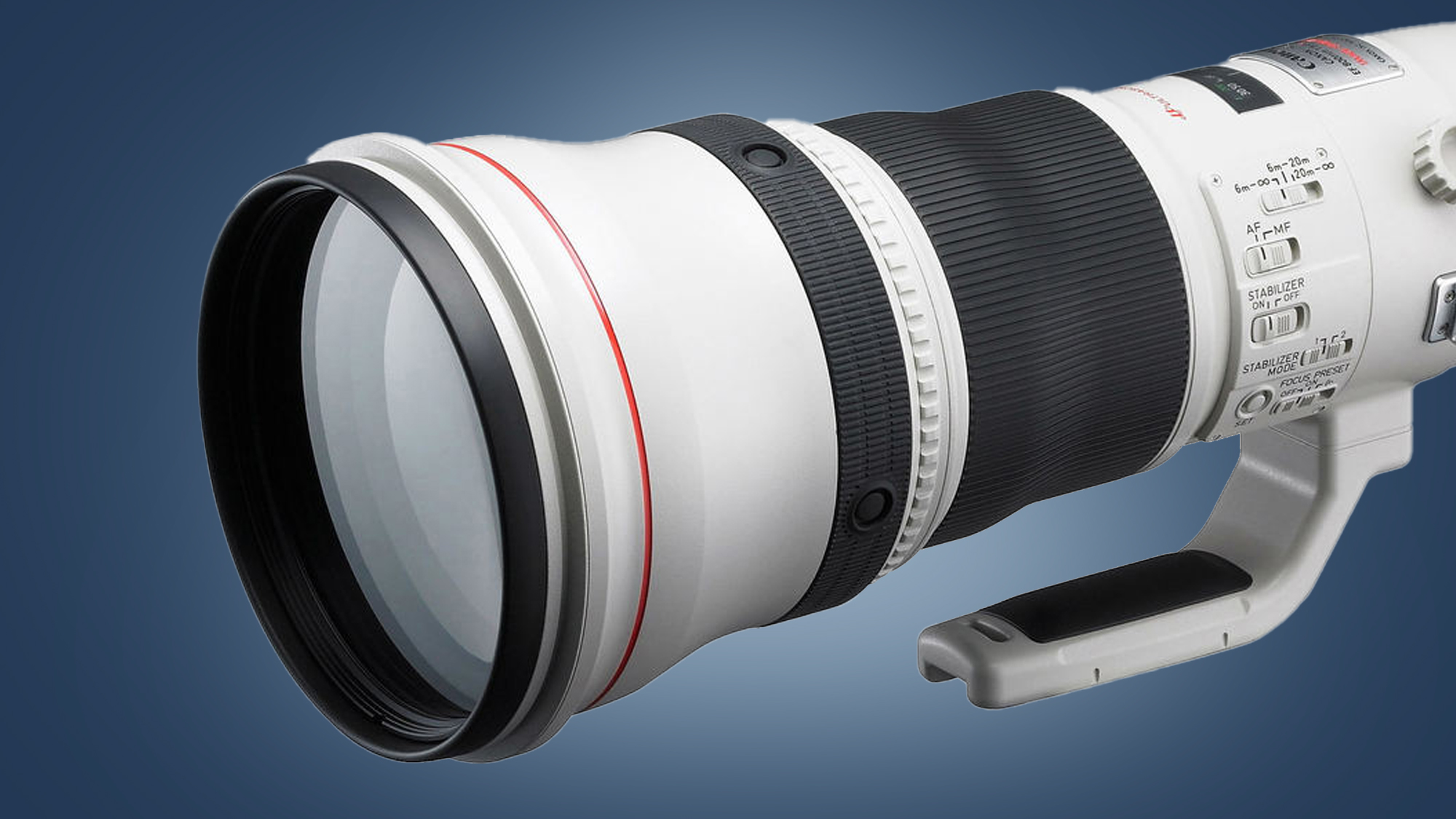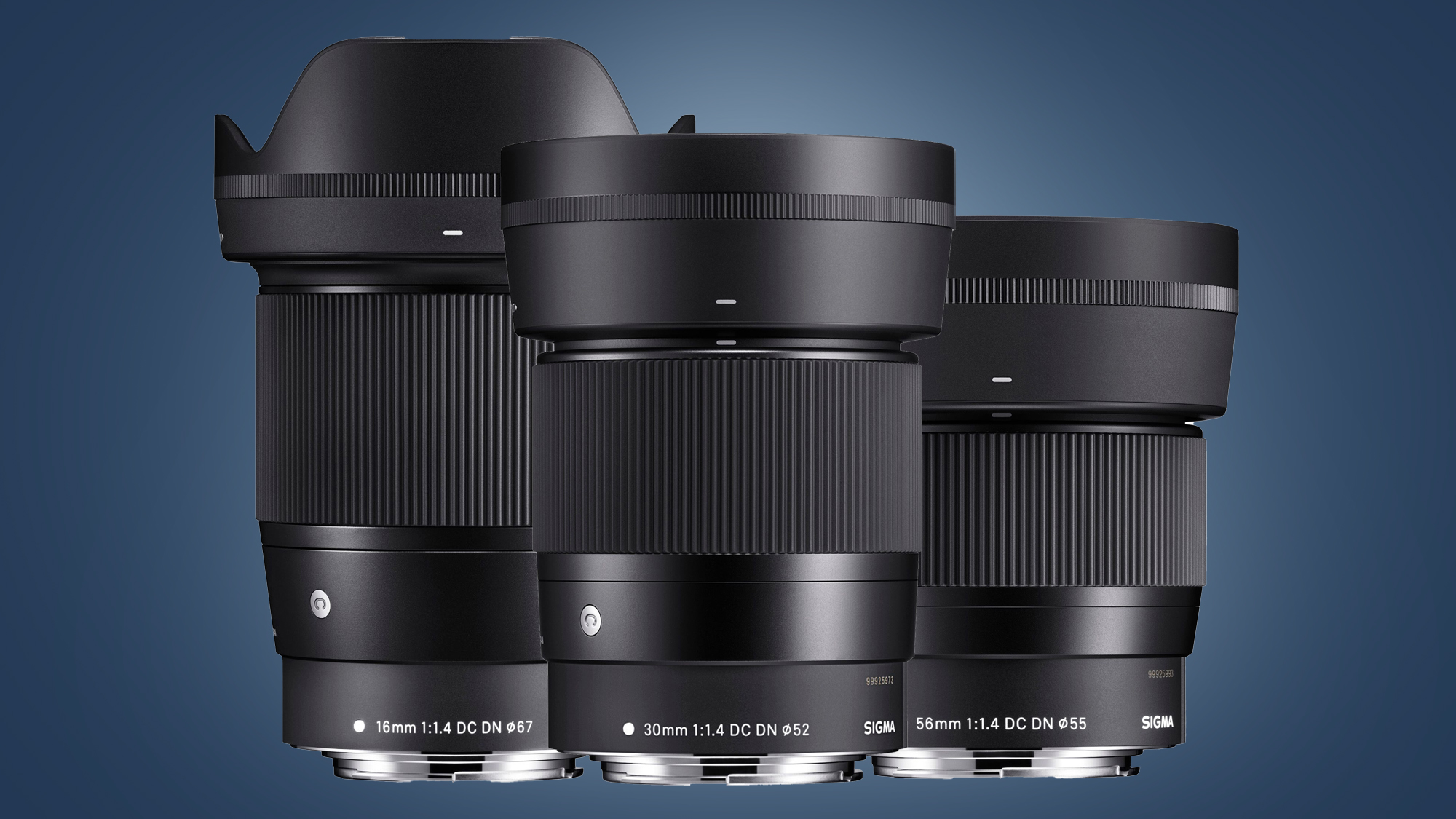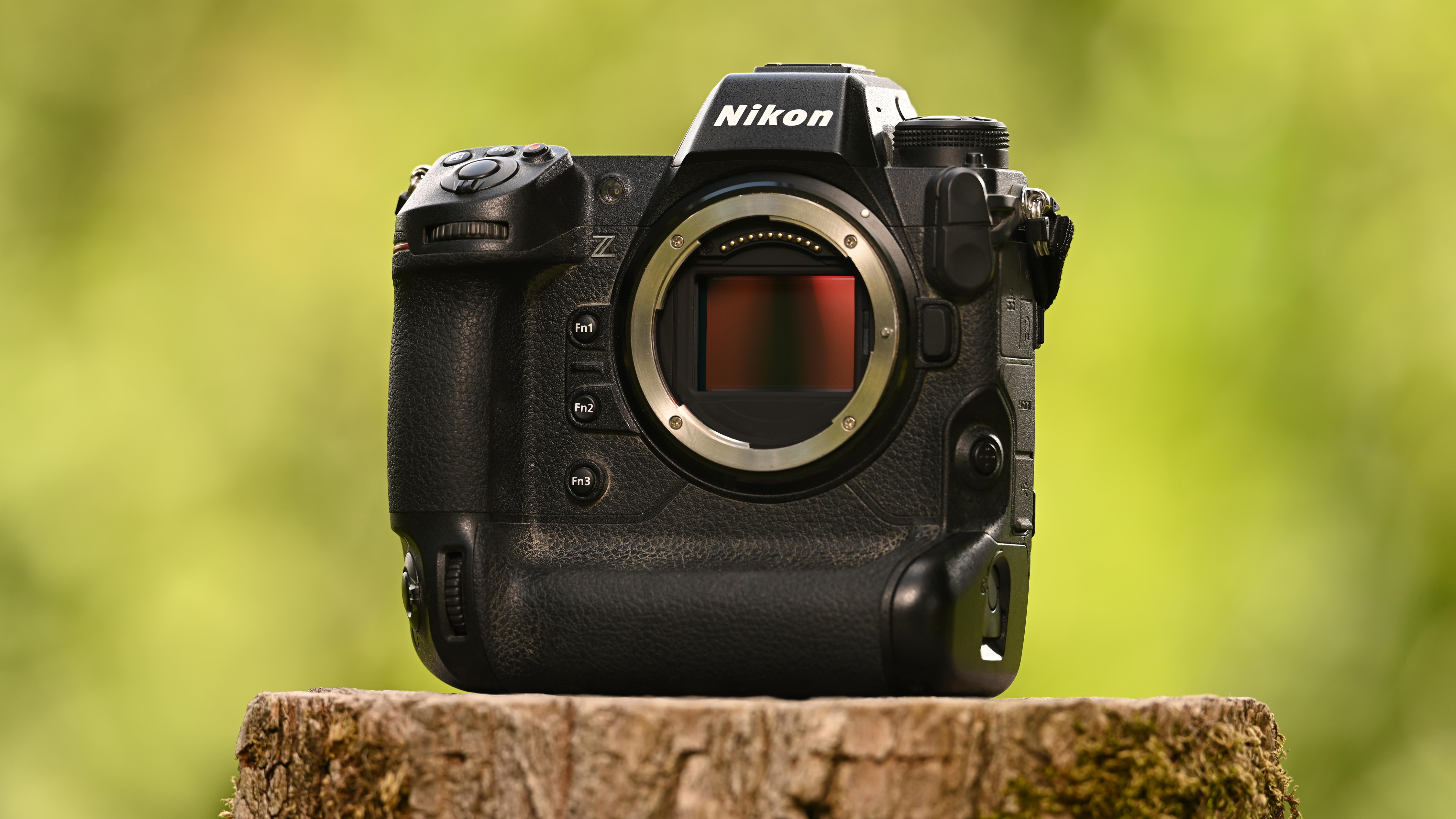Reviews

MonsterAdapter LA-KE1 review
DPReview LatestMonsterAdapter LA-KE1
$439
 |
With Ricoh's Pentax brand now firmly and irrevocably committed to DSLR cameras, Pentaxians who would prefer to shoot with a mirrorless body have been left with no choice but to consider the move to another brand.
That's a difficult and painful decision to make, though, because it typically accompanies another, no less gut-wrenching choice: either you ditch all of your existing beloved lenses or you continue to use them via a dumb adapter. Do the latter and in the process you'll lose autofocus capability and possibly aperture control, too.
But what if all of that wasn't the case? That's where MonsterAdapter and its new LA-KE1 adapter come in. MonsterAdapter has a fair bit of experience with lens adaptation, as it has previously created four electronically-equipped, E-mount MonsterAdapters for Contax N, Nikon F, Minolta Vectis and Sony A-mount lenses. This new K-to-E-mount adapter is more or less the same tech in a different form factor.
The LA-KE1 lets you shoot your K-mount lenses on crop or full-frame Sony E-mount bodies and allows you to either switch back and forth between K-mount and E-mount bodies while sharing lenses, or move to Sony entirely while taking many of your Pentax lenses along for the ride. It's essentially a KAF2 mount, meaning it supports both screw-drive AF and electronic control for in-lens AF, and also has an aperture actuation lever.
 |
| The MonsterAdapter has two motors built into its exterior protrusions which provide for both screw-drive autofocus and aperture actuation. |
If you've chosen the latter path, it could also potentially ease the transition to mirrorless, letting you defer some of the upgrade cost by holding off on replacing your entire lens collection at once.
It's equally important to note what this adapter can't do though. It won't allow autofocus during video capture at all, and nor will it fully work with every AF-capable K-mount lens or E-mount camera body. But, if your lenses are fully supported, it'll give you the access to autofocus and electronic aperture control that other adapters lack. And in most cases, it will also let you access Sony's excellent AF tracking, face recognition and human/animal eye detection with your Pentax glass.
Available immediately, the MonsterAdapter LA-KE1 is priced at $439 in the US market.
Key Takeaways
- Adapts many Pentax K-mount lenses to Sony E-mount
- Supports in-lens and in-body autofocus / aperture drive
- Allows both single and continuous AF
- Compatible with in-body stabilization
- Lets Pentaxians use Sony features including Eye AF
- Solid build, but not weather-sealed
- Won't support video capture with AF or aperture control
 |
| ISO 50 | 1/80 sec | F2.8 | 40mm | Sony A7R III Photo taken by Mike Tomkins with HD PENTAX-DA 40mm f/2.8 Limited |
Mount adapters add back the bulk mirrorless pared away
Since it sits in between the camera body and lens with which you're shooting, the MonsterAdapter adds 46mm (1.8") to the depth of their combination. That, along with the fact that SLR lenses tend to be bulkier in the first place, effectively negates the size and weight advantage of the mirrorless body.
Hence, you'll still get a better shooting experience with designed-for-mirrorless lenses, unless size and weight aren't a concern as in, say, studio shooting. Save for a couple of protrusions to allow space for motors, the barrel of the adapter is about 66mm (2.6") diameter. That's about the same diameter as Pentax's 100mm F2.8 WR Macro lens, by way of comparison.
As seen from behind when mounted, a big bulge at the bottom left of the adapter houses an autofocus motor for screw-drive AF. A switch on the base of this bulge allows autofocus to be switched on or off at the adapter and will override that on the lens itself if set to the off position. (It also takes over from the software setting in Sony's menu system, which won't let you disable AF using that option if the adapter is mounted.)
 |
| Even a very compact lens like the Pentax 40mm F2.8 feels chunky when you add back the depth that mirrorless pared away from DSLR designs. |
Bring new life to a failing SDM lens with AF type selection
On the opposite side of the barrel you'll find a smaller bulge for the aperture control motor and a nice spring-loaded mount release switch. You'll also find one more tiny switch hidden beneath the top of the K-mount inside the adapter body, but chances are that you'll never need to use it. If you do, though, it could breathe new life into an otherwise-broken optic which might well have been beyond economical repair.
Flick this switch out of its default position and for lenses which offer a choice of either in-lens or screw-drive AF, operation will be locked into the screw-drive mode. If you own a lens with a failed internal motor that's potentially a big deal, breathing new life into an otherwise AF-less lens. Given that SDM motors have a questionable reputation, especially those which aren't used frequently, this switch could be a lifesaver for some Pentaxians.
A rugged metal body and mounts, but no weather sealing
The aforementioned AF/MF switch, meanwhile, works perfectly well but has a very strong click detent and a rather plastic-on-plastic feel in use. It's also a bit tricky to read the very faint, body-colored AF/MF markings adjacent to the switch, and these shortcomings do detract a little from the feeling of quality.
 |
 |
| The MonsterAdapter LA-KE1's focus mode switch (left) feels a bit plasticky in use. Its hidden focus drive selector switch (right) is a potential lifesaver, though! | |
So too does the bundled Pentax K-mount body cap, which doesn't lock in position like Pentax's own bayonet-style caps would. (Although admittedly, many of Pentax cameras ship with cheaper push-fit caps instead.)
I found MonsterAdapter's chosen cap has a tendency to come loose quite easily, though, as it takes very little effort to turn and has a grippy, deeply-knurled periphery. I'd recommend switching it out for a better-quality cap to prevent accidental damage if the cover comes off while in your camera bag.
It's also worth noting that the MonsterAdapter isn't weather-sealed, so even if your chosen lens and body are, it will represent a weak link in that protective chain and prevent you shooting in adverse conditions without some external form of protection.
But with all of that said, the barrel of the adapter is molded as a single metal part with only the protrusion for the AF motor/switch made from plastic alone. That gives the MonsterAdapter LA-KE1 a nice feeling of solidity that reassures you of its strength, as does the 1kg (2.2lbs) upper limit for lens weight when when shooting without mounting the combination via a tripod collar.
 |
| The LA-KE1's body cap doesn't lock in place and its loose fit means it comes off a little too easily. |
Features and performance vary with camera body
The LA-KE1 supports a long list of bodies, but the degree of support does vary in one of three different tiers. The top tier support what the company calls its 'G Driver' algorithm, which promises 'full use' of the camera's performance for AF speed and focus tracking systems. There are then two lower degrees of AF performance: fully supported and 'limited' support, with some of the older models in each class losing the Eye-AF function.
| 'G Driver' compatible | ||
|---|---|---|
|
|
|
| 'Fully compatible' | ||
|
|
|
| Limited AF support (full aperture control) | ||
|
|
|
Not every lens is supported, but lots of great ones are
The list of supported lenses is even lengthier and made up almost entirely of primes, with only nine of 53 supported lenses being zooms. Of these, 21 are APS-C lenses and the remainder are full-frame types. APS-C lenses will be automatically detected by the attached camera and the crop applied, although you can override this if you prefer.
And not only are many beloved Limited and Star lenses included on the list, but also some quirkier models too. Don't expect support for low-end consumer glass any time soon, though. Not surprisingly, kit or travel zooms don't make the cut. In all, the list of supported lenses is as follows, sorted by focal length:
| Prime Lenses | Zoom Lenses |
|---|---|
|
|
AF is slower than on Pentax, but fast enough for many subjects
The MonsterAdapter works for either single or continuous autofocus operation and allows access to the full AF point density and coverage of your Sony camera with Pentax glass. It also gives you access to features of Sony's cameras like eye autofocus for humans and animals.
To get a sense of autofocus performance, I compared AF speed side-by-side with the same lenses mounted either on a Sony a7r III with MonsterAdapter LA-KE1 or a Pentax K-1 II body.
Timings for the Pentax were taken for both phase-detection AF when shooting through the viewfinder, and contrast-detection AF in live-view mode. Both cameras were set to center AF and focused on a nearby subject in preparation. I then autofocused on a distant subject followed by the nearer one, and repeated this process ten times as quickly as possible.
Since the goal was to record the fastest time possible, if either camera showed difficulties in focusing – which happened several times with the MonsterAdapter and once or twice with the Pentax – the result was discarded and the test restarted.
| 20x refocus test time (seconds) | |||
|---|---|---|---|
| Pentax K-1 II PDAF | Pentax K-1 II CDAF | Sony A7R III w/ adapter | |
|
HD PENTAX-DA 15mm f/4 AL Limited |
23.2 | 24.1 | 32.1 |
|
HD PENTAX-DA 21mm f/3.2 ED AL Limited |
20.7 | 23.1 | 33.1 |
|
HD PENTAX-DA 40mm f/2.8 Limited |
22.8 | 25.4 | 50.2 |
|
HD PENTAX-D FA* 50mm F1.4 SDM AW |
19.1 | 27.9 | 37.9 |
|
smc PENTAX-D FA Macro 100mm f/2.8 WR |
27.4 | 33.8 | (no time set) |
| HD PENTAX-D FA* 70-200mm F2.8 ED DC AW (wide) | 23.7 | 29.9 | 36.7 |
|
HD PENTAX-D FA* 70-200mm F2.8 ED DC AW (tele) |
25.2 | 36.4 | 47.2 |
The results were as above, and a few things stand out from them.
Firstly, note that a time couldn't be set for the 100mm macro lens. While it worked fine with the MonsterAdapter if it was already near to being focused, if it was significantly out of focus the lens would simply rack the focus back and forth without a lock. If the lens had a focus limiter this might have helped, but unfortunately it doesn't.
Secondly, we can see that even on a higher-end Sony body – the A7R III is of a similar vintage to the K-1 II but with a 50%-higher pricetag – performance with the adapter trails that of the Pentax camera by quite some way. We weren't able to compare the performance with one of the G Driver-compatible bodies.
Compared to Pentax's phase-detection autofocus, the adapted lenses focus around 40-60% more slowly, although this does vary significantly by lens model and AF technology. A fairer comparison is to Pentax's live view AF, perhaps, and here the MonsterAdapter comes closer, trailing by about 20-40%.
Shooting with in-lens AF is more satisfying than screw-drive
The best results are definitely to be found with in-lens AF, with the SDM motor of the 50mm F1.4 and the DC motor of the 70-200mm F2.8 proving the most satisfying to use in the real world. Screw-drive lenses are slower to focus, but still quite usable so long as AF is at least in the ballpark to start off with.
Also note that as you'd expect, the challenge rises along with the focal length. The 70-200mm zoom focuses more slowly at its telephoto end, !!!something that's also true when shooting on a Pentax body. It's also noticeable on the adapted primes, with the best performance coming from those with a wider-angle design.
Overall, I found performance to be pretty acceptable. The MonsterAdapter isn't going to be able to keep up with faster-moving subjects like sports, but for less active subjects like portraiture, street photography, landscapes and so on, it is able to deliver reasonable to good performance so long as your lens is moderately near to being in focus to start with.
Accurate aperture control both mechanically and electronically
Just as it supports both in-lens and in-body focus control, the MonsterAdapter LA-KE1 is also compatible both with more modern KAF4 lenses with electronic aperture control, as well as older types with a mechanical aperture coupling.
Both means of controlling aperture are supported not just for stills but also for video capture. There is one slight quirk in the MonsterAdapter's aperture support, however. It's likely a limitation of Sony's bodies, more so than it is of the adapter itself.
A few of Pentax's lenses have non-standard maximum apertures such as the 21mm F3.2 or 43mm F1.9. If you mount these, they'll work for the most part, but their maximum aperture will be curtailed just slightly to the next standard value down the list. Effectively, the 21mm F3.2 becomes a 21mm F3.5, and the 43mm F1.9 acts as a 43mm F2.0 optic, for example.
With that limitation aside though, aperture control is quick, stable and repeatable for both mechanical and electronic variants. Focal length/aperture information is also otherwise recorded accurately in EXIF information.
 |
| ISO 3200 | 1/100 sec | F2.8 | 100mm | Sony A7R III Photo taken by Mike Tomkins with smc PENTAX-D FA Macro 100mm f/2.8 WR |
Video isn't supported due to Sony adapter limitations
So if all of Pentax's current AF and aperture drive mechanisms are supported and you can even use continuous autofocus, why no video support? The answer is down to Sony's adapters themselves.
When an adapter is mounted to a Sony E-mount camera, it switches into an adapted mode which disables autofocus for video capture. Sony likely made that decision both to ensure the best experience for its upgrading A-mount customers and to help drive lens sales. Since it emulates a Sony adapter, though, the MonsterAdapter has to play by the same rulebook.
That means no AF for video capture and no possibility of it being added in a future update either, sadly. That's a great shame and robs MonsterAdapter of a potential selling point – we're sure many Pentaxians would love to have a second body capable of decent video capture, an area Ricoh neglects – but only Sony can change this, and it has little to no incentive to do so.
 |
| ISO 50 | 1/50 sec | F4.0 | 15mm (22mm equiv) | Sony A7R III Photo taken by Mike Tomkins with HD PENTAX-DA 15mm f/4 AL Limited |
Unsupported lenses probably won't work, even if similar lenses are on the list
If you have lenses that aren't on the officially supported list, you may be wondering what you can expect if you try them. I did too, and tested a fair few lenses that aren't on the officially supported list. None could consistently manage to focus, although the precise symptom varied.
Some lenses wouldn't even try to focus or would see the camera immediately (and incorrectly) report a focus lock when AF was requested. Others would attempt to focus, but the system would repeatedly fail to achieve a focus lock as they racked past the correct distance.
A few lenses would attempt to focus a single time, but then lock up until the camera was power-cycled or the lens reseated. And in some cases, I could manage to get usable shots occasionally as well, but these were relatively few and far between, and with no consistency from scene to scene. And all of this is true even where the lenses would seem, at least externally-speaking, to be near-identical to supported models.
 |
| ISO 50 | 0.8 sec | F4.5 | 100mm | Sony A7R III Photo taken by Mike Tomkins with smc PENTAX-D FA Macro 100mm f/2.8 WR |
During my review, I tried some lenses whose smc variants were on my beta firmware's supported list but whose HD-coated variants weren't. Per Pentax, they're basically the same lenses as before optically-speaking, save for their coatings. From the adapter's perspective though, the internal differences were sufficient to require new profiles to be made and the lenses thus couldn't be used in the interim.
Of course, you can still use unsupported lenses by focusing manually just like you might with a dumb adapter. But I suggest buying this adapter only for the lenses it currently supports, not in the hope of using an unsupported lens. Should your lens be added to the officially supported list you may still be able to use it eventually, but until that point the experience will likely be poor to unusable.
 |
| ISO 2000 | 1/60 sec | F3.5 | 21mm (31mm equiv) | Sony A7R III Photo taken by Mike Tomkins with HD PENTAX-DA 21mm f/3.2 ED AL Limited |
Pretty stable and upgradeable for future lens support
Overall, I found stability to be pretty good. I did once experience a camera lockup that required me to reseat the battery, but other than that one-off, I experienced no real stability issues.
If any issues do arise though, there's the potential for new firmware to be released addressing these. It's also possible for new lenses to be supported at the same time.
The update process is pretty quick and easy, but unfortunately does require access to a Windows PC. That's because updates can only be installed using a USB cable tethered to your Sony camera body. There's no facility for upgrading from a file on your SD card, nor for connecting the adapter directly to your computer.
Conclusion
If you want to use your Pentax lenses on Sony E-mount bodies without losing autofocus, the MonsterAdapter LA-KE1 is basically the only game in town. All of its rivals lack electronic connectivity, and so effectively make your Pentax glass manual-focus only. With its supported lenses and bodies, the MonsterAdapter is freed from this limitation.
While its performance will vary depending upon your chosen lenses and camera bodies, we found the LA-KE1 adapter to yield rather lesser AF performance than is natively available from Pentax bodies, even when they're using their slower contrast-detection AF in live view mode.
But we also found that getting focus in the ballpark first helps significantly with performance, especially for screw-drive lenses or those with long focus throws. And while it wasn't as peppy as the native AF, we found the LA-KE1's AF speed pretty acceptable for all but very active subjects like sports.
 |
And that tradeoff in performance brings more potential than the obvious advantage of being able to use your Pentax glass with a mirrorless body. For one thing, it means access to resolutions beyond the K-1 II's 36 megapixels, and multi-shot high-res imagery that (unlike Ricoh's) increases the pixel count still further.
For another thing, it gains you access to Sony's eye-detection autofocus algorithms, which can be hugely helpful for portraits of people and pets alike. And you'll have dense AF coverage across the frame, unlike Pentax's phase-detection AF which has relatively few points and is centrally-focused.
The focus drive delivers sufficient accuracy not just for Sony's cameras to nail focus in a precise area of the image, but also to allow for things like fine adjustments to focus when tethering. In fact, I even successfully used it for focus bracketing with Sony's Imaging Edge Remote and the open-source B8Stack application.
 |
| ISO 100 | 1/500 sec | F2.8 | 200mm | Sony A7R III Photo taken by Mike Tomkins with HD PENTAX-D FA* 70-200mm F2.8 ED DC AW |
It's a great pity that support for video capture isn't possible, as that's long been a weakness of the Pentax K-mount which, if solvable, could've been a huge deal for Pentaxians. But MonsterAdapter has to work within the boundaries of what Sony's lens adapter support allows, and so for now decent K-mount video must remain a pipe dream.
Really, the only sticking point is the pricetag. There's no getting around the fact that this is quite an expensive adapter even when compared to similar products from much better-known names. For example, Sony's own LA-EA5 adapter comes in at around $250, as do both Sigma's MC-11 adapters for EF and SA-mount lenses.
But Sony and Sigma can subsidize its costs with body or lens sales, whereas the MonsterAdapter's fortunes must stand on its own sales alone. The high pricetag isn't completely unprecedented, either, as Metabones' EF-mount adapters also come in at around $400.
 |
| ISO 125 | 1/200 sec | F2.8 | 200mm | Sony A7R III Photo taken by Mike Tomkins with HD PENTAX-D FA* 70-200mm F2.8 ED DC AW |
Bearing in mind that the Pentax K-mount is already a pretty small niche in the overall market, and that the LA-KE1 inhabits an even tinier niche within, its pricetag doesn't seem unreasonable. For the price of a single consumer-grade lens, you could potentially extend the life of many Pentax lenses into the mirrorless age while still retaining usable autofocus.
Whether you're hooked on the look those lenses provide or just want to delay buying their replacements for as long as possible, the MonsterAdapter LA-KE1 is definitely worthy of consideration.
What we like:
- Pentax glass on Sony E-mount without losing AF and aperture control
- Relatively small and compact
- Solid, durable build
- Works with both single and continuous AF
- Works with screw-drive and in-lens AF motors, even for precision operations like remote-controlled focus stacking
- Works with mechanical and electronic aperture control
- Works with in-body image stabilization
What we don't:
- Quite pricey
- No weather sealing
- Control feel isn't very premium
- Negates the size advantage of mirrorless cameras
- Slower AF than with a Pentax body
- No video autofocus





